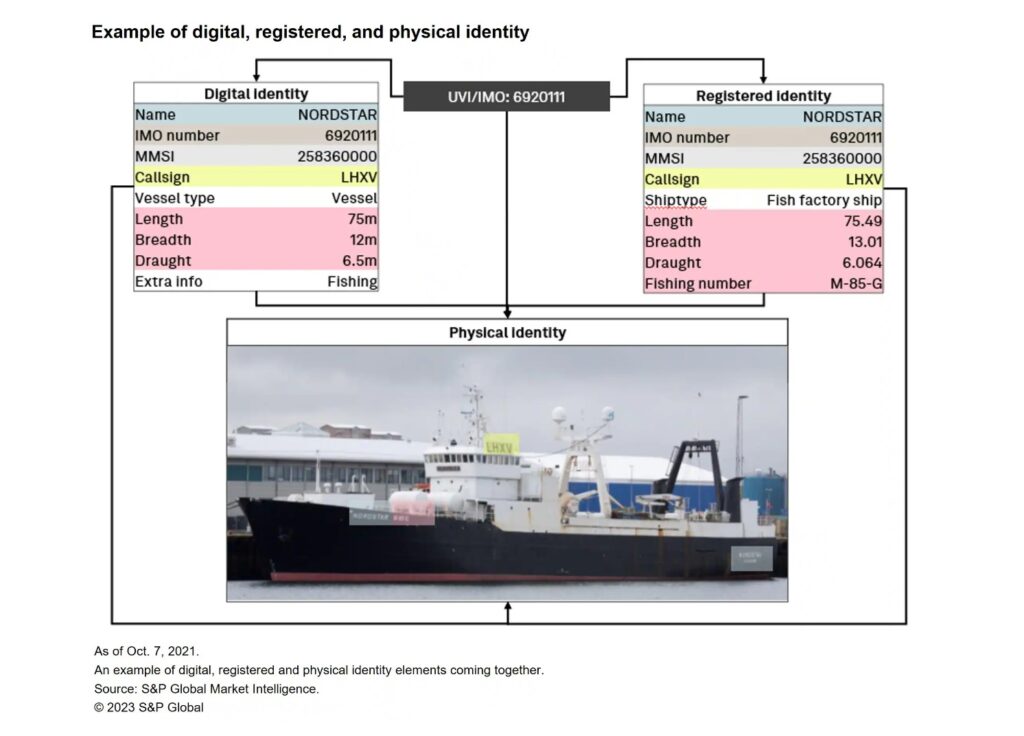-
 ITFA represents the rights and interests of banks, financial institutions and service providers involved in trade risk and asset origination and distribution.Our Mission
ITFA represents the rights and interests of banks, financial institutions and service providers involved in trade risk and asset origination and distribution.Our Mission
Written by Jeremy Domballe and published by S&P Global Market Intelligence on 9thNovember 2023
The tactics employed in subterfuge shipping activities are continuously evolving to try and stay ahead. Although many of the tactics utilized have been previously described by regulators, they have since transformed or been taken to new extremes. We will aim to discuss some of these evolutions within this paper to provide better transparency into what is and continues to be a convoluted landscape.
On May 14, 2020, the US Treasury’s Office of Foreign Asset Control (OFAC) released what would become a foundational advisory, identifying and recommending controls to combat some of the key principles of subterfuge shipping. The seven elements that were highlighted are now integral in many compliance frameworks. The focus at the time concerned Iran, North Korea and Syria, but many of these practices now apply toward activities taking place in Venezuela and Russia. The seven tactics highlighted are outlined below.

On Oct. 12, 2023, OFAC released a secondary advisory, relating to that of the price cap coalition for the maritime oil industry and related sectors. This held seven recommendations as outline below.

The purpose of this paper is to provide some context as to what the tactic of “disabling the AIS on vessel” consists of by providing some foundations on AIS, technical limitations, tactic limitations, reasoning behind some of the evaluations and examples of how these might come across through ship tracking system.
Disabling and manipulating AIS
Most of the observed evolution that has taken place within the realm of deceptive shipping can be attributed to that of disabling or manipulating the AIS on board vessels. This section is broken into two parts. The first will discuss elements relating to that of the identity of a vessel; this is fundamental in understanding how certain practises relating to disabling/manipulating AIS. The second part will focus on AIS, what it is, some of the limitations and practises relating to it, including that of deceptive shipping.
Vessel identifiers
Although on a day-by-day basis we might refer to vessels using various “identifiers,” such as an IMO number, an MMSI and others, it is important to note that elements relating to identity can be classified in three different categories — “registered identity”, “physical identity” and “digital identity”. All these facets are important as individual concepts, but also collectively to correctly identify a vessel.
The concept of identity
Having access to vessel information that has a registered identity provides greater transparency and traceability within the industry. This in turn helps create a “reference” database that can be used to compare and analyze these various identity concepts for possible discrepancies.
Identity resolution in practice
In the example here, we can clearly see these various concepts coming together to validate a ships identity, from the physical elements observed on the vessel to what they are transmitting through AIS, against the registered information, allowing us to confidently state that this is Nord Star.
Looking at the markings on the vessel, we can see the name, call sign and registration number, which when we compare to what they are transmitting through AIS aligns rather nicely in terms of ship name and call sign.

You could also distinguish from its build that it is a fishing vessel, which again aligns to the extra information it is transmitting. However, the physical markings in this case do not show the IMO number (in the photograph), and so this is when this concept of registered identity plays a heavy hand as we can establish through some of the markings and the AIS that this vessel is linked to IMO number 6920111, information that the vessel is otherwise transmitting through AIS. This allows for initial validation in terms of confirming that this unique reference number does in fact belong to this vessel, bearing in mind that AIS can be tampered, and that what the vessel is transmitting is in fact correct against what has been registered: from name to call sign, MMSI, and dimension.
However, heaps of additional datapoints behind the scenes are otherwise available, such as ownership and build, and this in all not only demonstrates the value of being able to link these identifiers to a unique reference number, but ultimately how this is used to provide transparency within the maritime industry by companies, agencies and governments that require these comprehensive reference databases.
This is fundamental in understanding certain elements of AIS manipulation.
Click here to download the full complimentary paper that will cover technical and receiver limitations in AIS, examples of suspected dark activity, the “traditional” and “emerging” patterns of AIS manipulation and more.
Privacy Policy | Cookie Policy
Designed and produced by dna.studio